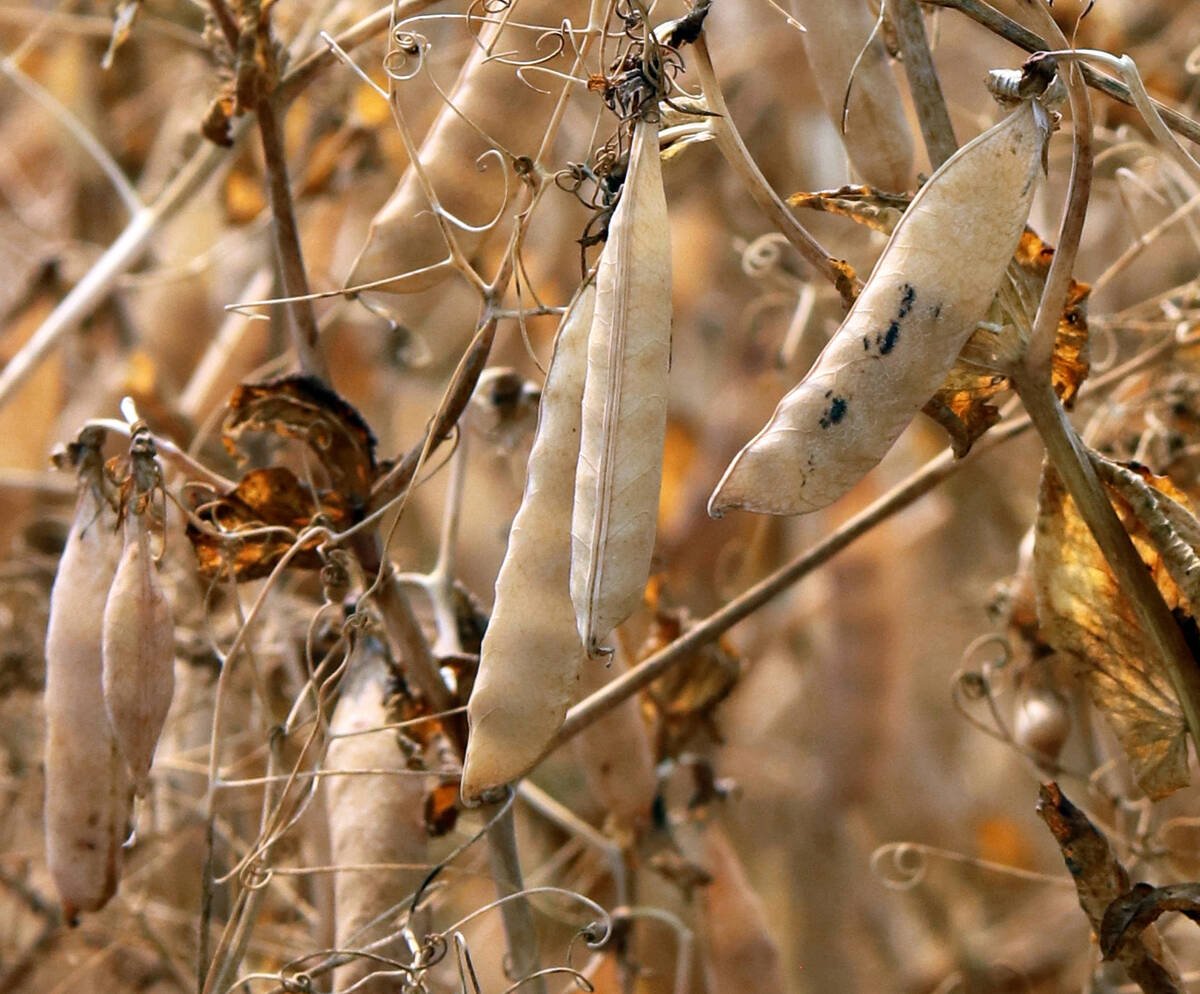Last week I had an extended lunch with a group of young Australian farm women.
More than just a chance to discuss their claims of the high virtues of Vegemite — something they were passionate about — it was a chance to ask them about what happens when a grain exporting monopoly is broken and wound down, which happened in 2008 to the Australian Wheat Board.
Three things became clear to me from speaking with a few of them:
- The world does not end. Grain still gets sold and bought, and the grain industry bumbles its way through.
- The hoped-for benefits don’t necessarily show up, or at least don’t appear on schedule. New buyers aggressively bidding for farmers’ grain don’t quickly spring up.
- It is an awkward, uncomfortable time in which farmers are left feeling uncertain about whether they are moving into a better situation, and wondering if it was all done to help the rest of the industry rather than farmers.
Read Also

Trump’s tariffs take their toll on U.S. producers
U.S. farmers say Trump’s tariffs have been devastating for growers in that country.
What’s the final result? Well, as Zhou Enlai said a century and a half after the French Revolution, “It is too early to say.”
But here in the Great White North we have already begun drifting into that awkward, uncomfortable, unpleasant transition period between monopoly and post-monopoly Canadian Wheat Board.
Already, the board has suspended two of its minor programs and I’m sure more will follow.
The Wheat Storage Program and the Churchill Storage Program will not be offered for 2012-13 due to the “uncertainty surrounding the CWB’s future.”
These aren’t huge programs, but for the hundreds of people using them, their loss will be an unpleasant experience.
For a small number of producers, these programs offered a valuable option for their marketing.
What’s going to happen to bigger things, like Producer Payment Options? Unlike the storage programs, which are low-staff-demand offerings by the board, the PPOs involve a lot of manpower and commitment. A number involve the creation and maintenance of synthetic derivatives that require careful management.
Can the CWB justify the expense and risk of keeping these programs and staff in place when it is unclear what will be left of the board after the monopolies end? And, more profoundly, how much of a user base will be left?
It is a reasonable assumption that many people using PPOs are those who desired to more actively price their crops and are less likely than pool-dwellers to use the CWB system after it is possible to directly price their crops in the open market in 2012-13.
But other users have been farmers just wanting better cash flow control and certainty, who might stick around inside a revamped CWB.
So what does the board do? Does it stick with its PPOs and other programs and see if there’s interest there, or does it progressively withdraw PPO offerings as 2012-13 approaches?
With some of these programs offering prices far in advance of the new crop year, those decisions will be getting made well before 2012-13.
So get ready to see the CWB draw in its horns and offer fewer options of various sorts to farmers as it reduces its financial risk in a situation of extreme uncertainty.
Will the open market players be offering alternatives? No doubt at some point they will. But when?
We’ll almost certainly be heading into a period of uncertainty, discomfort and confusion.
And at the end of it all, unlike the virtues of Vegemite, it’ll likely be hard to tell if it’s been a good thing.















